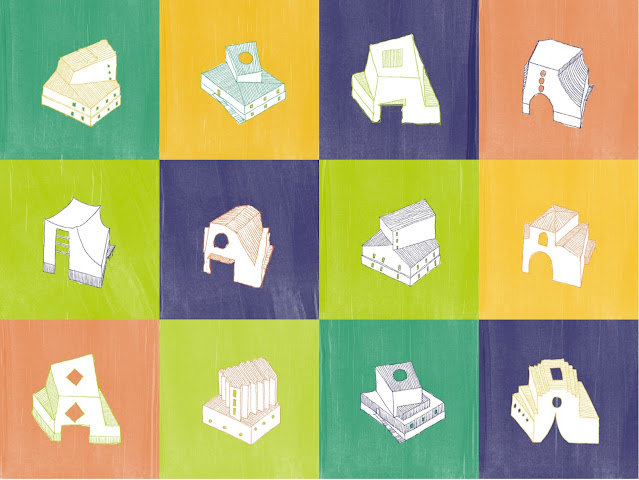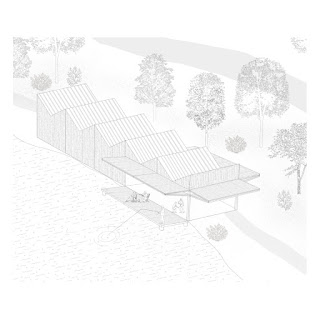As part of this thematic academic year, our focus is on the town of Gyöngyös. While the administrative boundaries of the municipality include Mátrafüred, Mátraháza, and Kékestető, our approach goes beyond legal definitions. What truly defines the character of Gyöngyös is its visual and experiential proximity to the Mátra Mountains: the ever-present forested slopes, the opportunity for hiking, and the potential to spend leisure time immersed in a magical natural landscape. Walking the streets of Gyöngyös, one remains in constant visual dialogue not only with the town's architectural heritage but also with the silhouette of the Northern Hungarian Mountains. This connection is further reinforced by the narrow-gauge railway, which begins just a few hundred metres from the town centre. As it passes through the semi-rural outskirts, the railway line leads us into the valleys and hills of the Mátra. Throughout the semester, our architectural explorations will follow the path of this railway. Through a series of design interventions, we aim to deepen the relationship between Gyöngyös and the Mátra, between urban and natural environments, and between built functions and experiences of nature.
A kurzus tervezésmódszertanának három mottója az „építészeti karakter”, a „makettezés” és a „pavilon”. A helyszín építési hagyományainak és épített örökségének megismerésével, a hely hangulatának vizsgálatával keressük a helyzethez leginkább illő karaktert, azaz építészeti formálást. A forma ebben az összefüggésben nem csak az épület tömegét, alakját jelenti, hanem azt a komplex erőteret, mely az objektum létrehozását meghatározza. Az útkeresések során nagyléptékű modellek segítenek az építészeti karakter megtalálásában és tökéletesítésében, valamint abban, hogy a kis léptékű épületek az anyag, a szerkezet és a hangulat hármasában kiérlelt építészeti művé formálódjanak. A pavilonokra jellemző kis lépték cél és eszköz, mely könnyedsége mellett az elmélyült, részletekig kiterjedő tervezést támogatja.
The design methodology of the course is guided by three key mottos: architectural character, model-making, and the pavilion. By studying local building traditions, architectural heritage, and the atmosphere of the site, we seek to define an architectural character—an approach to form that responds most appropriately to the given context. In this framework, form refers not only to the mass and shape of the building, but also to the complex field of forces that shape the creation of the architectural object. Large-scale models serve as essential tools in the search for and refinement of this character. They support the development of small-scale buildings into coherent architectural works, where material, structure, and atmosphere are carefully calibrated. The small scale characteristic of pavilions serves both as an objective and a method, offering a design framework that, despite its lightness, encourages in-depth exploration and meticulous attention to detail.
Nyitókép / Top image: Manfred Kovatsch, Haus Kolig. Forrás / Source: Bauarchiv Kärnten




















